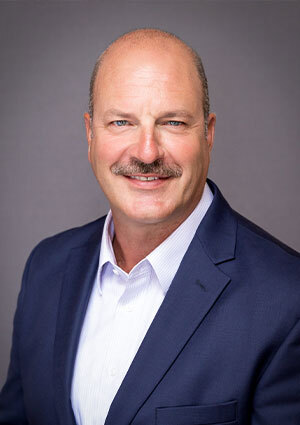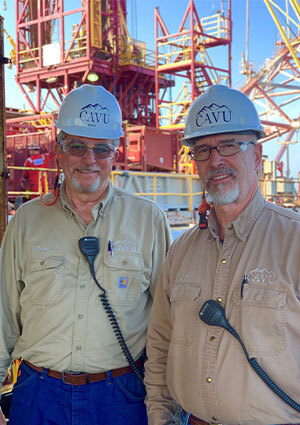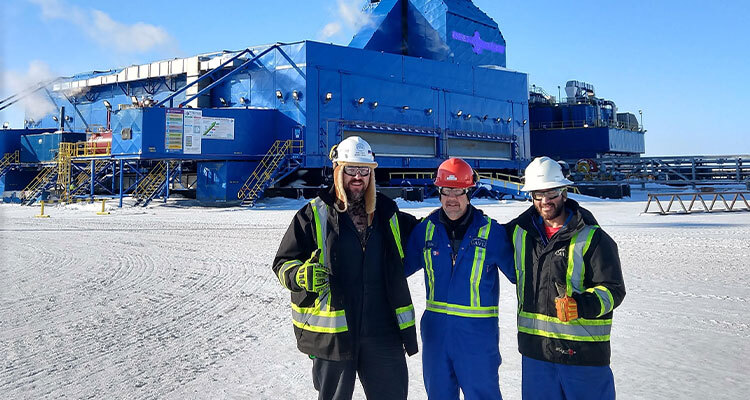Communication is critical to oil rig workplace safety
In an industry where precision is paramount, and the stakes are sky-high, effective communication stands as the linchpin of workplace safety on oil rigs. The oil and gas sector needs a paradigm shift in its approach to communication for the sake of worker safety, which must involve new training and technologies that allow for seamless and concise communication.
Death and injury statistics on oil rigs underscore what many in the industry already know to be true: working on an oil rig is a dangerous profession. According to the Bureau of Labor Statistics (BLS) from 2013 to 2017, 489 oil and gas extraction workers in the United States lost their lives on the job. This number is even greater in countries with less stringent safety regulations.
Safety training is crucial on oil rigs, and workers need to be aware of potential hazards, emergency procedures, and industry-specific safety protocols to ensure a safe working environment. Safety, ultimately, is primarily the responsibility of management and executives in the industry, and they’ve found that one of the most cost-effective ways to ensure procedural safety is by improving communication.

Making communication accessible
Our team at CAVU recognizes that effective communication is the backbone of safety. Through coaching and training, the importance of clear, standardized communication is instilled in teams to ensure everyone understands and follows safety protocols.
Other organizations have taken this a step further, with the Society of Petroleum Engineers arguing for a universal drilling language to alleviate costly miscommunication. However, to fully improve communication, we also need to understand the growing language barriers and the need for interpretation in the field.
Language barriers can lead to misunderstandings, misinterpretations of safety instructions, and ineffective communication during emergencies. This contributes to an increased risk of accidents and incidents.
In 2017, the Petroleum Safety Authority (PSA) in Norway issued a statement reminding stakeholders and industry members that the Norwegian language must take priority over foreign languages in its offshore industry, citing a report that claimed nearly 40 percent of offshore employees who answered a questionnaire in 2015 agreed issues arose because of the language barrier.
While the PSA’s approach in Norway appears to be the simplest solution, it’s not realistic today with our global workforce. The number of languages spoken on an oil rig can vary, but it’s not uncommon for a diverse workforce to speak multiple languages. Workers may come from different countries, and language diversity can pose challenges for effective communication. If a Norwegian oil and gas company limits their hiring to only those who are proficient in the Norwegian language, they’re missing out
on a large pool of qualified candidates. This is precisely why in our training programs we introduce oil rig leaders and employees to Pocketalk, a handheld translation device capable of translating 84+ languages and dialects.
Translation for a multinational workforce
Pocketalk’s impact is felt across multiple dimensions, enabling effective communication regardless of the native language. For a fraction of the cost of a human interpreter, these devices not only enhance training efficacy but also strengthen safety by ensuring that team members fully understand hazards, risks, and safety protocols. Pocketalk General Manager of North America Joe Miller understands the critical importance of communication in the oil and gas industry and is steadfast in his company’s commitment to promoting a safe working environment. 
Our partnership is centered around fostering leadership in a multilingual environment. In the high-stakes industry of oil and gas, effective communication is about conveying leadership principles, ensuring safety, and fostering a cohesive team culture. Our coaches work to instill a culture that allows for two-way communication between leaders and their employees, leaving room for employees to feel comfortable asking questions and requesting more information if needed. We call this the ‘language of leadership’, and translation tools allow anyone, regardless of their background, to understand and participate in the language of leadership.
Encouraging the use of translation tools like Pocketalk in a multilingual environment fosters an environment for better understanding and collaboration among the crew. Leveraging technology, and fostering a culture of clear communication, organizations can efficiently mitigate the risks associated with linguistic diversity in a way that is easy to scale at an incredibly low cost.
As the oil industry increasingly spreads across the globe, with new hotspots emerging each year, now is the time to start catering to a multinational workforce. Oil and gas companies that embrace a culture of clear two-way communication, offering translation tools to cater to workers of different backgrounds, are better positioned to avoid workplace injury and death. Moreover, they can hire workers from a much larger pool of qualified candidates. Let us commit to a safer future, one where communication is the cornerstone of workplace safety on oil rigs.
By Dell Bull
For a list of the sources used in this article, please contact the editor.
Dell Bull is the Executive Vice President of Business Development for CAVU International. CAVU, a RelyOn Nutec partner company, deploys tested, regimented, and immediately validated safety and leadership strategies that ignite lasting organizational culture change. CAVU stands for ‘Ceiling And Visibility Unlimited’, which in the aviation world, defines the perfect day to fly. CAVU helps clients define the parameters for their ‘Perfect Day’ then develops a deliberate sustainable approach to making it repeatable. CAVU’s approach is rooted in the Continuous Improvement Model – a rapidly deployable and dynamic system that ensures team-wide standardization on task execution and a path for daily measurable improvement.
